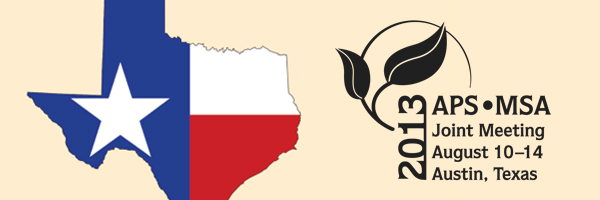APS Homepage
Back

Poster Session: Genetics of Resistance
© 2013 by The American
Phytopathological Society. All rights reserved.
278-P
Characterizing virulence phenotypes among U.S. isolates of Pyricularia oryzae using IRRI NILs, U.S. germplasm, and NERICA lines.
F. ROTICH (1), C. Feng (1), Y. Jia (2), J. Correll (1)
(1) University of Arkansas, Fayetteville, AR, U.S.A.; (2) USDA ARS, Stuttgart, AR, U.S.A.
Rice blast disease, caused by Pyricularia oryzae, is a major constraint to rice production in most rice productions areas, including the Southeast U.S. In continued efforts to evaluate the effectiveness of resistance genes, a collection of U.S. isolates of P. oryzae were evaluated for virulence using 25 to 40 U.S. rice differentials and two sets of differentials developed by IRRI. The first set comprised 31 monogenic lines with 24 resistance genes and, the second set had 20 lines with 14 resistance genes. In addition, four NERICA lines were evaluated. A total of 12 different U.S. reference races and a collection of field isolates representative of the genetic diversity in the U.S. population were evaluated on the rice lines. The sets of IRRI differential lines discriminated the isolates into groups that differed from groupings based on the U.S. differentials. Two NERICA lines were resistant to all the isolates that were evaluated. NERICA lines did not help in virulence discrimination among the isolates evaluated. However, the resistance genes in these lines could be exploited as potential new sources of resistance to rice blast in the U.S. Future efforts continue to focus on phenotyping additional field isolates to fully characterize isolates which can overcome specific resistance genes.